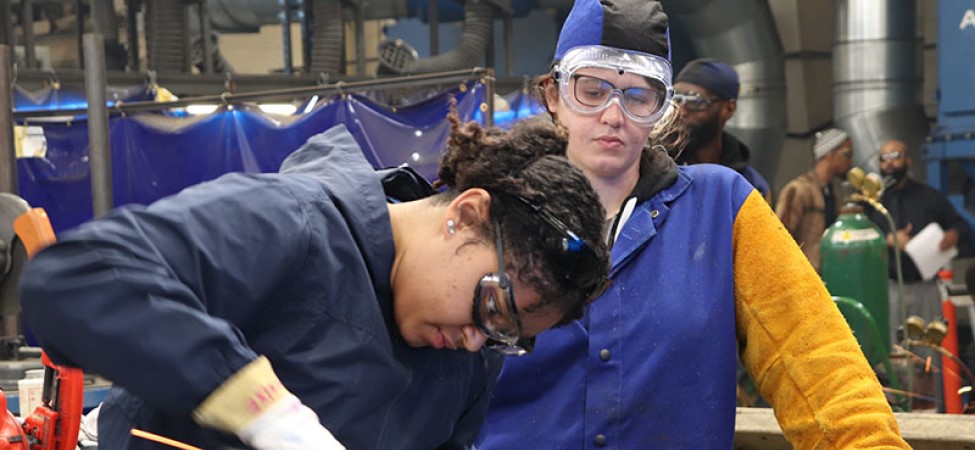Key Topic: Remediating Forced Labor Violations

Access to remedy for forced labor violations is a critical part of the worker-driven social compliance process. Correcting violations must be delivered in accordance with national law and international labor and human rights standards and ensure sustainability and longevity of the remedy beyond the initial violation. Remediation must also take into account the risk and sensitivities that exist as part of the local context.
Gaps in policies and procedures that could lead to forced labor:
- Inaccurate computation of wages and deductions and/or delayed wage payment.
- Lack of clear policies and procedures for worker recruitment and hiring.
- Lack of clear procedures to ensure that all workers have contracts that clearly stipulate their employment terms in a language they understand, and that any changes to contracts are made with the informed written consent of workers.
- Lack of appropriate/purposeful mechanisms through which workers can submit grievances.
- Poor recordkeeping, particularly in the human resources department.
- Lack of policies and procedures for migrant workers, including mechanisms to ensure that migrant workers are not charged fees by brokers or agents, are not required to post deposits, and receive employment terms and conditions equal to those of non-migrants.
- Policies that allow employers to hold employees’ identification papers or communication devices—like cell phones—in such a manner that they are not available to workers at will.
If auditors encounter, or if there are any reports of, egregious situations of forced labor or trafficking, such as worker confinement or physical or psychological abuse, these situations should be reported to law enforcement authorities.

 Step 6: Remediate Violations
Step 6: Remediate Violations


